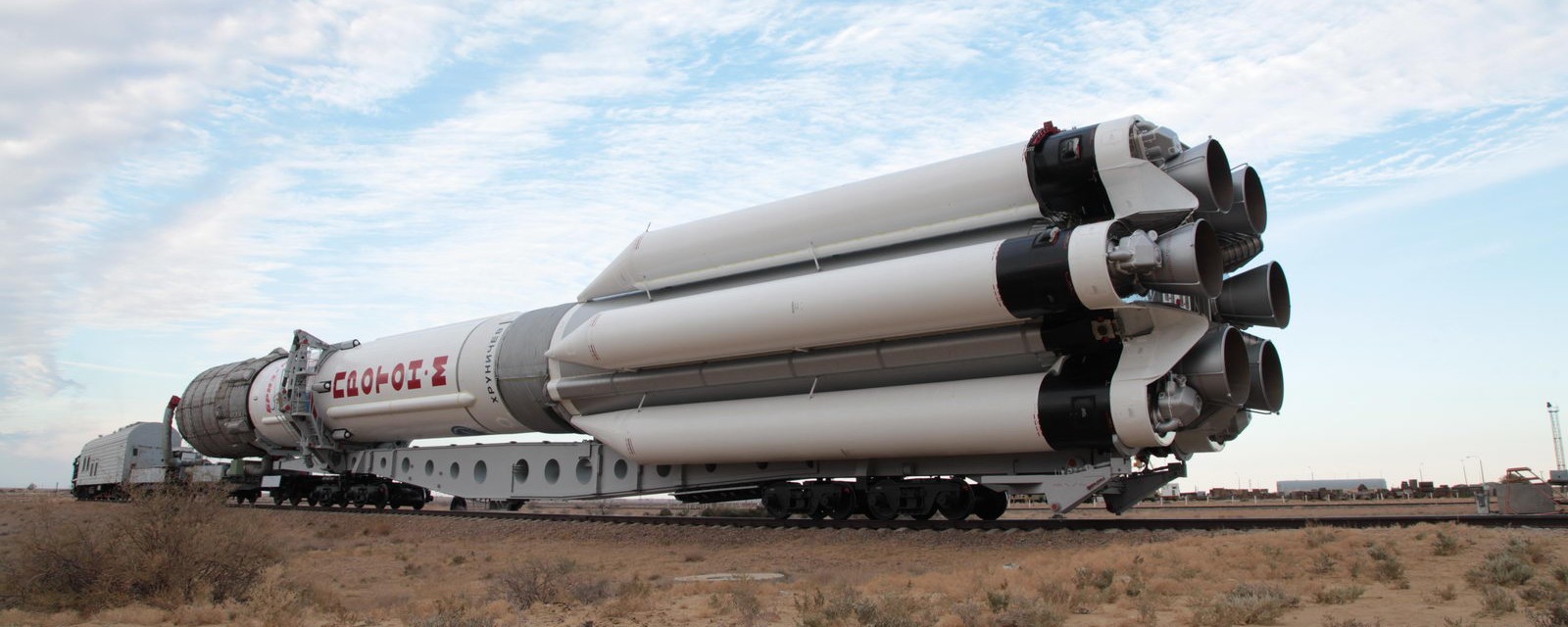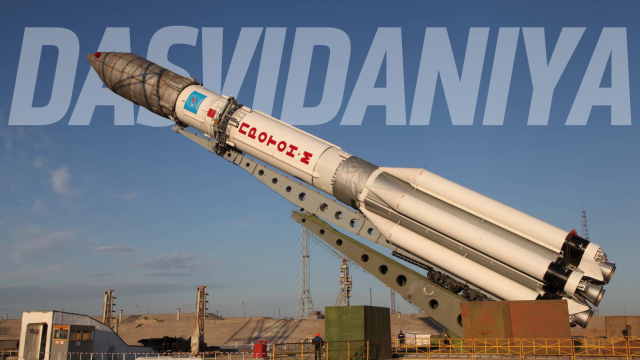The Russian Proton rocket, the Soviet Union’s and then Russia’s primary medium-lift workhorse rocket, is finally being discontinued after a remarkable 53-year run. A Proton rocket launched the very first space station ever into orbit (and every Soviet and Russian one since). A combination of highly toxic fuels, a launch site outside of Russia, and competition from SpaceX all sealed the Proton’s fate.

Officially known as the UR-500, the Proton started rocket-life in 1962 as a two-stage heavy-lift ICBM that could carry a 100-megaton nuclear warhead. The ICBM role was dropped in 1965, and the project morphed into a three-stage rocket that could be capable of sending a cosmonaut in orbit around the moon as soon as possible.
Soon, the American Apollo 8 flight around the moon in 1968 made the Proton’s original mission obsolete, and the rocket became the Soviet Union’s workhorse for most payloads beyond what a Soyuz rocket could carry, which included space stations, larger satellites, and probes to the moon, Venus and Mars.
The Proton is an extremely flexible and capable launch vehicle, capable of sending up to 22.8 metric tons into orbit (about the same as what the U.S. Space Shuttle could deliver) and has proven itself for decades.
Russia began to use the Proton for commercial launches in the mid 1990s, and the launcher proved to be a successful source of revenue. Recently, though, issues in quality control and competition from SpaceX’s Falcon 9 rocket, which can carry about the same payload to low Earth orbit, have severely impacted the Proton’s performance and competitiveness.
Plus, the Proton uses nitrogen tetroxide and unsymmetrical dimethylhydrazine for its fuel, which are very dangerous and environmentally hazardous chemicals. Most modern rockets use far less dangerous fuels, including the Proton’s replacement, the Angara rocket, which uses the same RP-1 fuel (basically a very refined kerosene fuel, similar to jet fuel) as the Soyuz rockets.
It’s also worth noting that it’s very likely once the last Proton launches, the Baikonur Cosmodrome will be abandoned. Baikonur has been in Kazakh territory since the collapse of the Soviet Union, and Russia wants to bring all its crucial launch sites within Russian borders. The new primary cosmodrome will be Plesetsk. Because of Plesetsk’s northern location, it was normally considered unsuitable for geosynchronous orbits, but plans to loop geosynchronous spacecraft around the moon will solve the issue.

The Proton was a real workhorse and one of the most successful launch vehicles ever. It’s earned its retirement.
